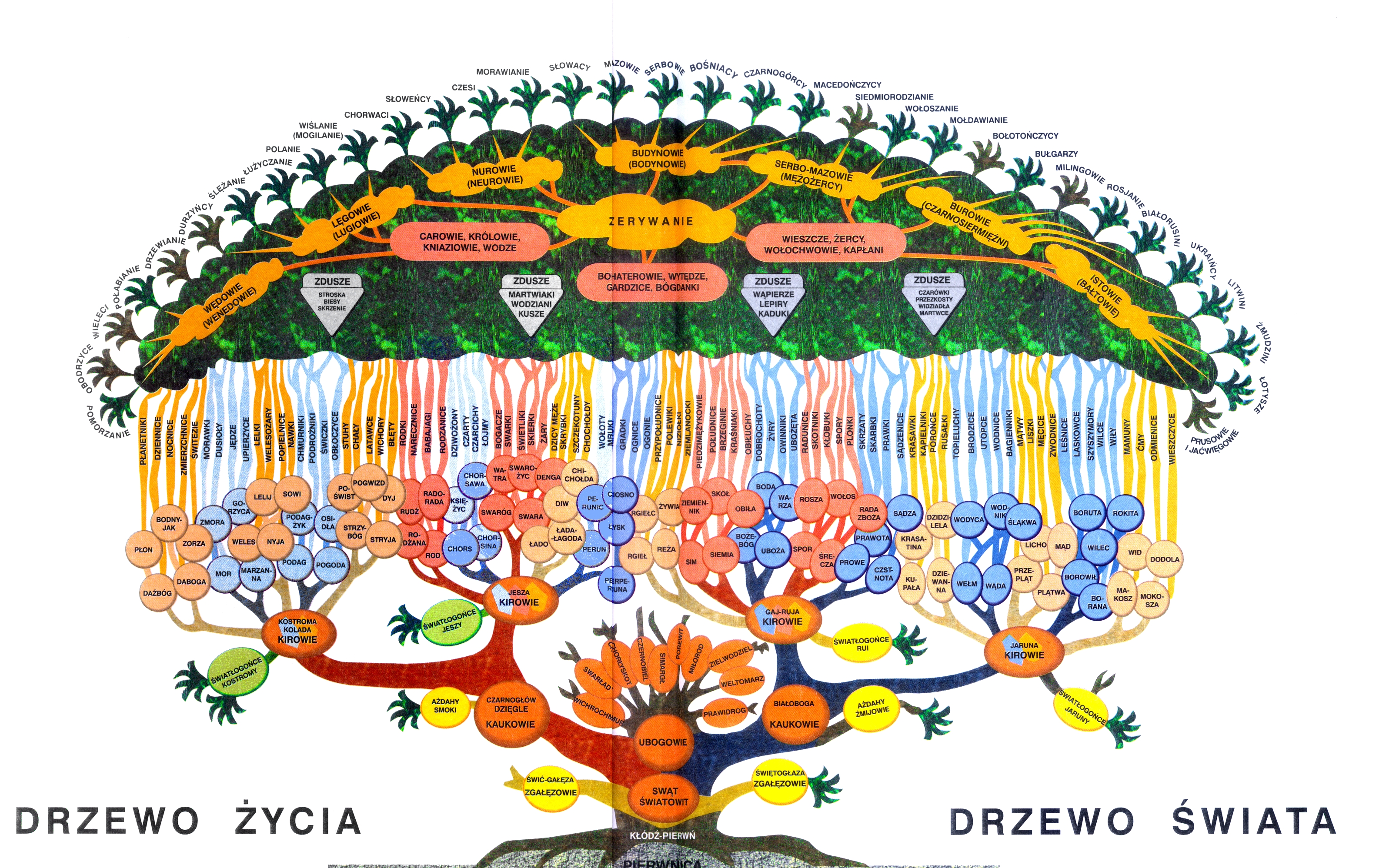Leonardo of Pisa, known as
Fibonacci, was the 13th century Italian mathematician. In his 1202 book Liber Abaci he popularized the Hindu–Arabic numeral system in the Western World.
He also stumbled across a very interesting sequence of numbers while contemplating a curious problem involving rabbits. Fibonacci started with a pair of fictional and slightly unbelievable baby rabbits, a baby boy rabbit and a baby girl rabbit. They were fully grown after one month. and did what rabbits do best, so that the next month two more baby rabbits (again a boy and a girl) were born. The next month these babies were fully grown and the first pair had two more baby rabbits (again, handily a boy and a girl). Ignoring problems of in-breeding, the next month the two adult pairs each have a pair of baby rabbits and the babies from last month mature. Fibonacci asked how many rabbits a single pair can produce after a year with this highly unbelievable breeding process (rabbits never die, every month each adult pair produces a mixed pair of baby rabbits who mature the next month).

He realised that the number of adult pairs in a given month is the total number of rabbits (both adults and babies) in the previous month. He carried the calculation up to the 13th place and ended up with this sequence of numbers, which was after him named Fibonacci sequence:
1, 1, 2, 3, 5, 8, 13, 21, 34, 55, 89, 144, 233
Czytaj dalej →















